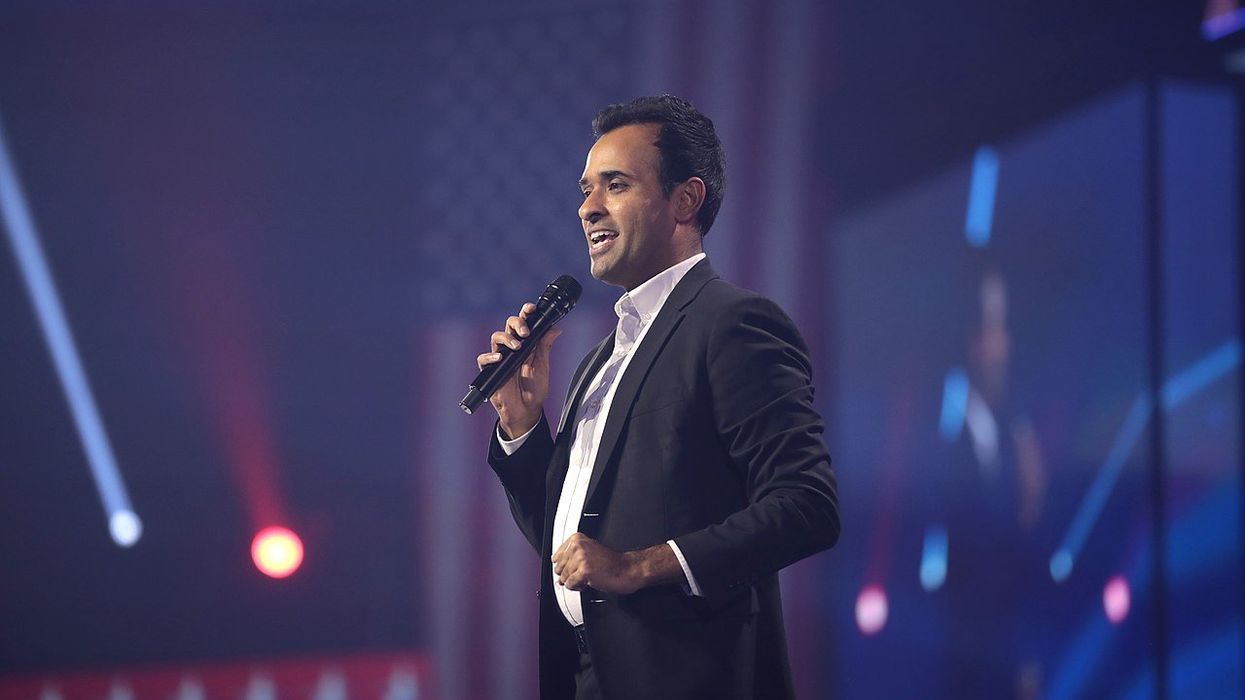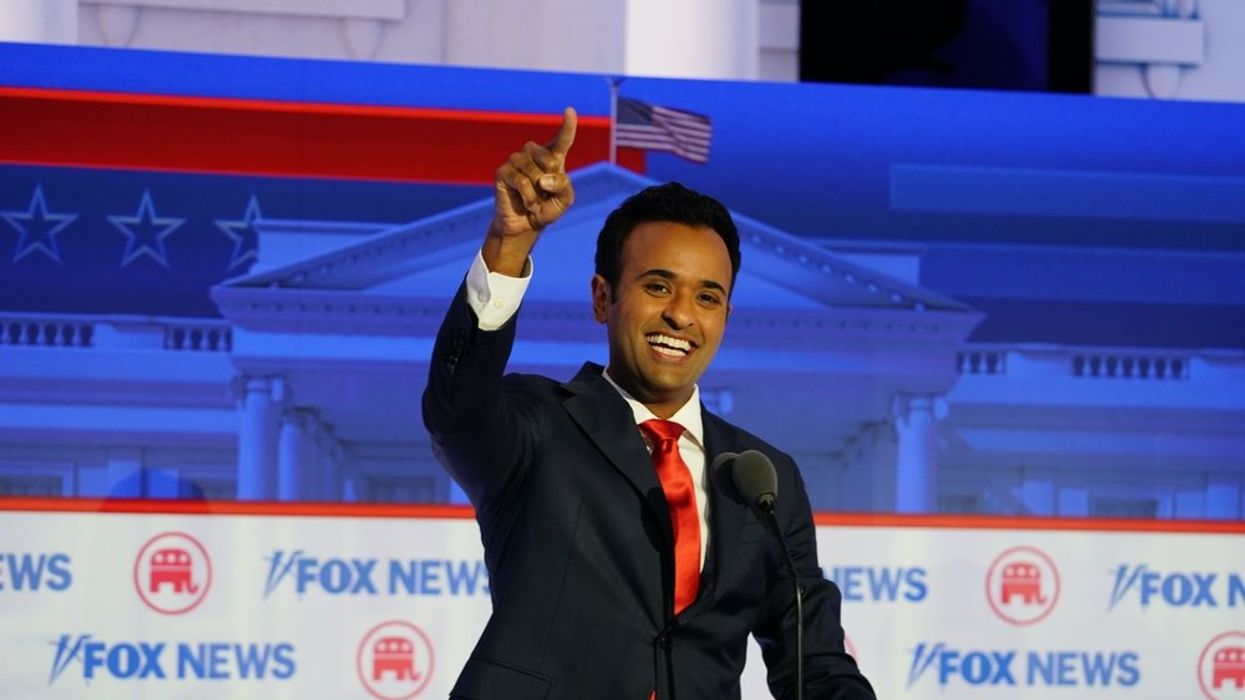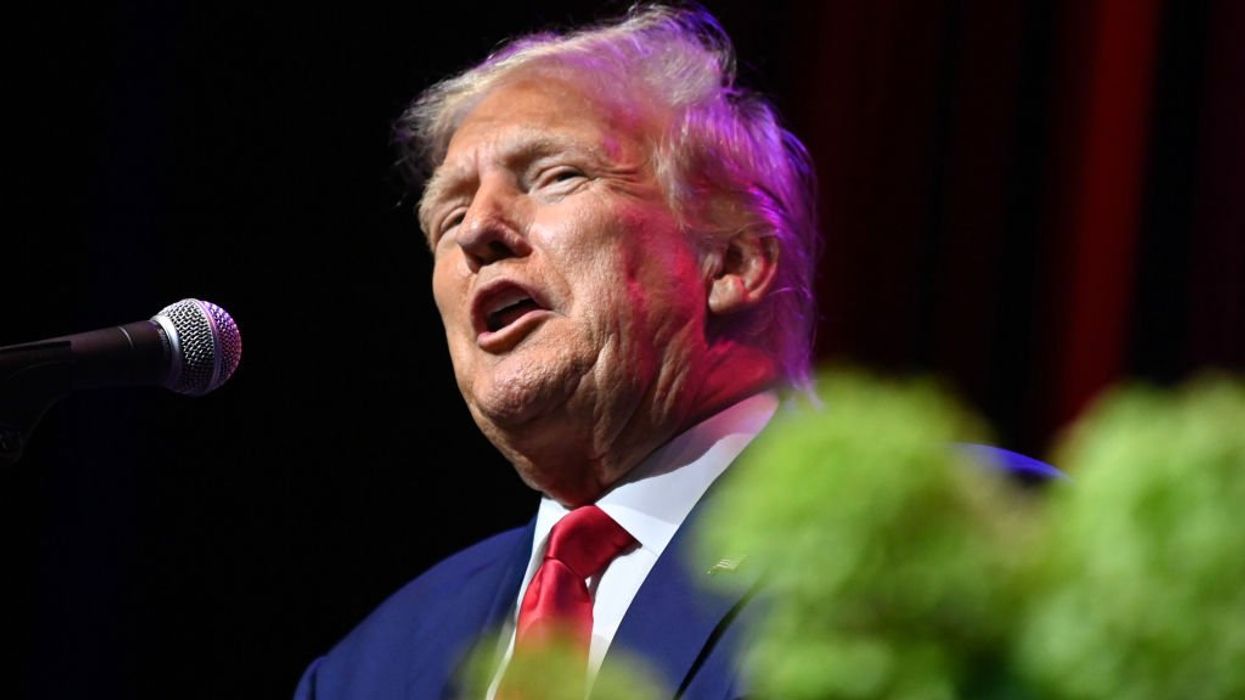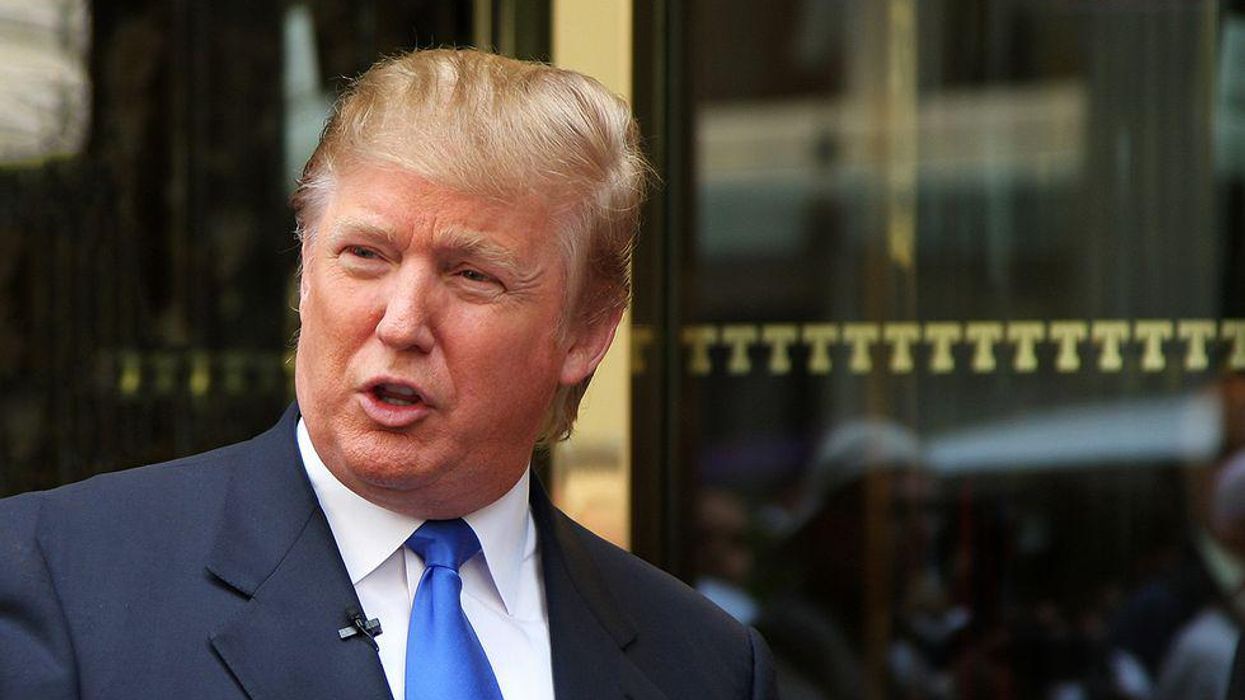Workers are trying to unionize in greater numbers than expected in the Midwest
Public approval for labor unions is at 67%, according to a Gallup poll released at the end of August.
2023/09/07

A Starbucks barista at the Cheltenham neighborhood location at Hampton and Wise avenues joins a one-day walkout involving more than 100 stores nationwide on Thursday, Nov. 17, 2022, in St. Louis
. - Robert Cohen/St. Louis Post-Dispatch/TNS
ST. LOUIS — In the central Midwest, unionization attempts this year are continuing at a faster pace than expected and are on track to almost match last year's high number.
In the first half of this year, 49 private sector workplaces filed for representation in the region, compared with 108 throughout the entirety of 2022, according to a Post-Dispatch analysis of National Labor Relations Board data. The 2022 number was the highest in eight years, bolstered by high costs of living, an organizing campaign at Starbucks and historically low unemployment rates.
Unionization attempts are up in the Midwest and nationally, said Jake Rosenfeld, a Washington University sociology professor. But, he added, "I'm not sure it's large enough to change the broader dynamic."
In January, annual data released by the Bureau of Labor Statistics showed that while the total number of union members rose, it didn't grow at the same pace as the overall workforce. As a result, the percentage of workers who are represented by unions still fell slightly, to 10.1%.
This year has seen tough labor negotiations, strikes and protests. Some 295,500 workers have been involved in stoppages through July this year, Reuters reported, citing preliminary data from the U.S. Bureau of Labor Statistics. That puts 2023 on track to become the busiest year for strikes since 2019.
Labor experts had expected to see this year's numbers hampered by broader economic conditions. Earlier this year, with many economists forecasting a recession, labor experts expected the anticipated economic downturn would make workers less likely to risk unionizing.
At the time, there was a general belief that economic storm clouds were forming, said Harley Shaiken, a University of California-Berkeley professor who specializes in labor and the global economy.
"Now, a lot of that has dissipated. It doesn't mean that we are totally out of danger, economically — we never are. But the possibility of avoiding a recession has become real," Shaiken said. "Overall, the economy appears less threatening."
Doug Swanson, field specialist for the University of Missouri Extension and coordinator of the labor studies program at the University of Missouri-St. Louis, added that the expectation of an economic downturn tempering unionizing attempts has "yet to materialize."
"I'm not seeing a dampening of that early momentum," Swanson said.
Still, experts said, the overall picture is mixed for unions.
Union membership has been on the decline, nationally, since the 1950s. It peaked at 35% of the workforce in 1954, according to the Congressional Research Service.
Public approval for labor unions is at 67%, according to a Gallup poll released at the end of August. That's just below last year's 71%, which was the highest level in 57 years.
"Despite all the energy, despite the broader public support, organizing in the private sector remains extraordinarily difficult," Rosenfeld said.
The long-term question, Swanson said, is how unions and employers alike will evolve as the U.S. population ages, bringing about larger shifts in labor dynamics.
"It's going to get tougher. We have not hit the bottom of the workforce shortage," Swanson said. "Labor is, in itself, at a crossroads."
© St. Louis Post-Dispatch
ST. LOUIS — In the central Midwest, unionization attempts this year are continuing at a faster pace than expected and are on track to almost match last year's high number.
In the first half of this year, 49 private sector workplaces filed for representation in the region, compared with 108 throughout the entirety of 2022, according to a Post-Dispatch analysis of National Labor Relations Board data. The 2022 number was the highest in eight years, bolstered by high costs of living, an organizing campaign at Starbucks and historically low unemployment rates.
Unionization attempts are up in the Midwest and nationally, said Jake Rosenfeld, a Washington University sociology professor. But, he added, "I'm not sure it's large enough to change the broader dynamic."
In January, annual data released by the Bureau of Labor Statistics showed that while the total number of union members rose, it didn't grow at the same pace as the overall workforce. As a result, the percentage of workers who are represented by unions still fell slightly, to 10.1%.
This year has seen tough labor negotiations, strikes and protests. Some 295,500 workers have been involved in stoppages through July this year, Reuters reported, citing preliminary data from the U.S. Bureau of Labor Statistics. That puts 2023 on track to become the busiest year for strikes since 2019.
Labor experts had expected to see this year's numbers hampered by broader economic conditions. Earlier this year, with many economists forecasting a recession, labor experts expected the anticipated economic downturn would make workers less likely to risk unionizing.
At the time, there was a general belief that economic storm clouds were forming, said Harley Shaiken, a University of California-Berkeley professor who specializes in labor and the global economy.
"Now, a lot of that has dissipated. It doesn't mean that we are totally out of danger, economically — we never are. But the possibility of avoiding a recession has become real," Shaiken said. "Overall, the economy appears less threatening."
Doug Swanson, field specialist for the University of Missouri Extension and coordinator of the labor studies program at the University of Missouri-St. Louis, added that the expectation of an economic downturn tempering unionizing attempts has "yet to materialize."
"I'm not seeing a dampening of that early momentum," Swanson said.
Still, experts said, the overall picture is mixed for unions.
Union membership has been on the decline, nationally, since the 1950s. It peaked at 35% of the workforce in 1954, according to the Congressional Research Service.
Public approval for labor unions is at 67%, according to a Gallup poll released at the end of August. That's just below last year's 71%, which was the highest level in 57 years.
"Despite all the energy, despite the broader public support, organizing in the private sector remains extraordinarily difficult," Rosenfeld said.
The long-term question, Swanson said, is how unions and employers alike will evolve as the U.S. population ages, bringing about larger shifts in labor dynamics.
"It's going to get tougher. We have not hit the bottom of the workforce shortage," Swanson said. "Labor is, in itself, at a crossroads."
© St. Louis Post-Dispatch








